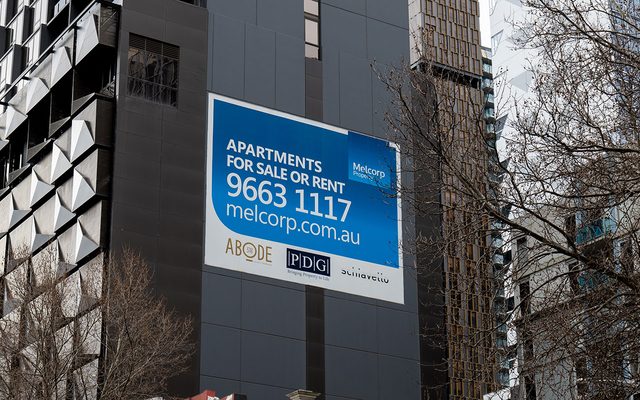This article is from the Australian Property Journal archive
THE vacancy rate across Australia has declined to 2.1% in March from 2.2% to 64,009 properties, according to SQM Research.
The largest monthly fall was recorded in Melbourne, down from 2.3% in February to a low 2.1%.
Although Adelaide recorded the tightest vacancy rate at 1.4%, slightly up 0.1% from February based on 2,394 vacancies, and the same this time last year.
In contrast, Darwin had the highest vacancy rate at 3.5% based on 935 vacancies. The city also recorded the highest yearly, climbing by 2.2% a year earlier. Perth also recorded ongoing yearly rises with vacancy rates jumping from 1.9% to 2.7% in March 2015.
Meanwhile modest falls were posted in Sydney and Adelaide.
Sydney`s vacancy rate declined by 1.7% to 1.6% to 9,219 properties and Adelaide dipped from 1.5% to 1.4% or 2,394 properties.
Notably, SQM Research data records falling asking rents in Perth, Canberra and, in particular Darwin, which has recorded a fall in asking rents of 13.7% for houses and 4.7% for units for the past 12 months. In contrast, asking rents in Adelaide, Hobart and Sydney have recorded modest rises for the same period. Overall asking rents fell for houses in the past 30 days by 0.4% and rose by 0.5% for units. National rental growth is now below annual CPI.
SQM Research managing director Louis Christopher said the national rental market continues to slow.
“It is coming up in our vacancy series and in our asking rents which are now rising at a slower rate than general inflation.
“With the east coast market still been driven upwards, largely investor demand, it does make me wonder if investors are aware that it is increasingly a tenants market out there.” Christopher said.
Australian Property Journal



